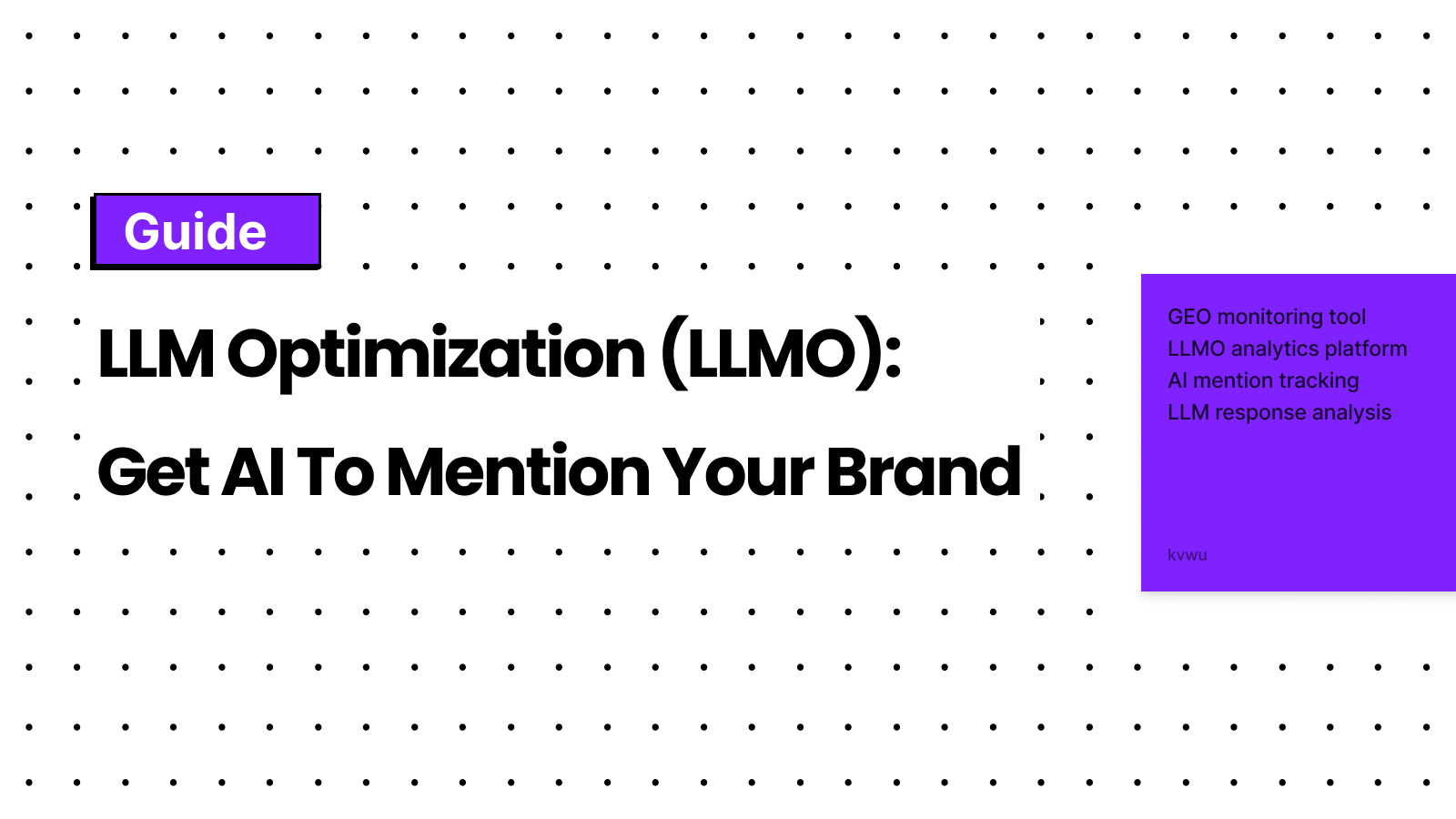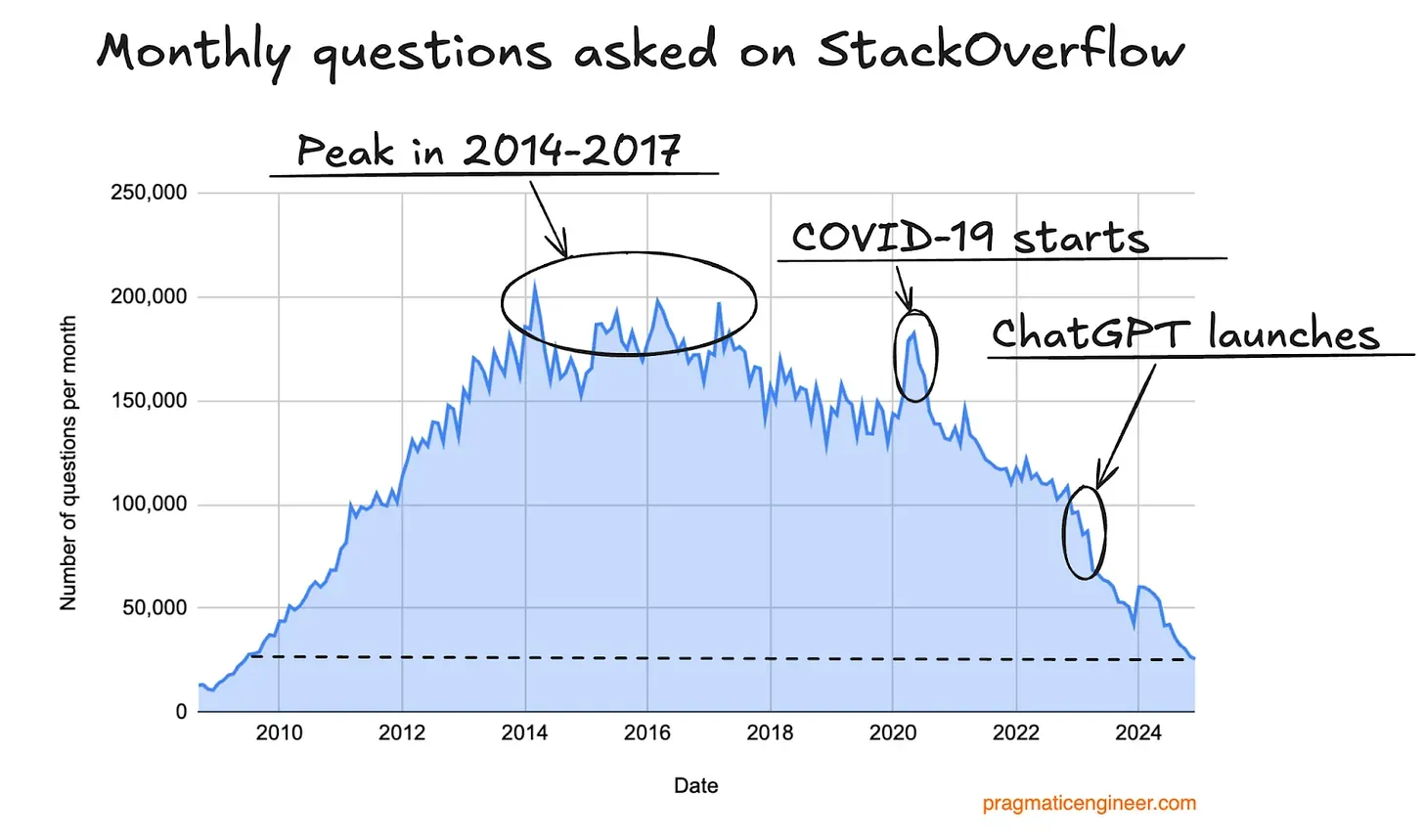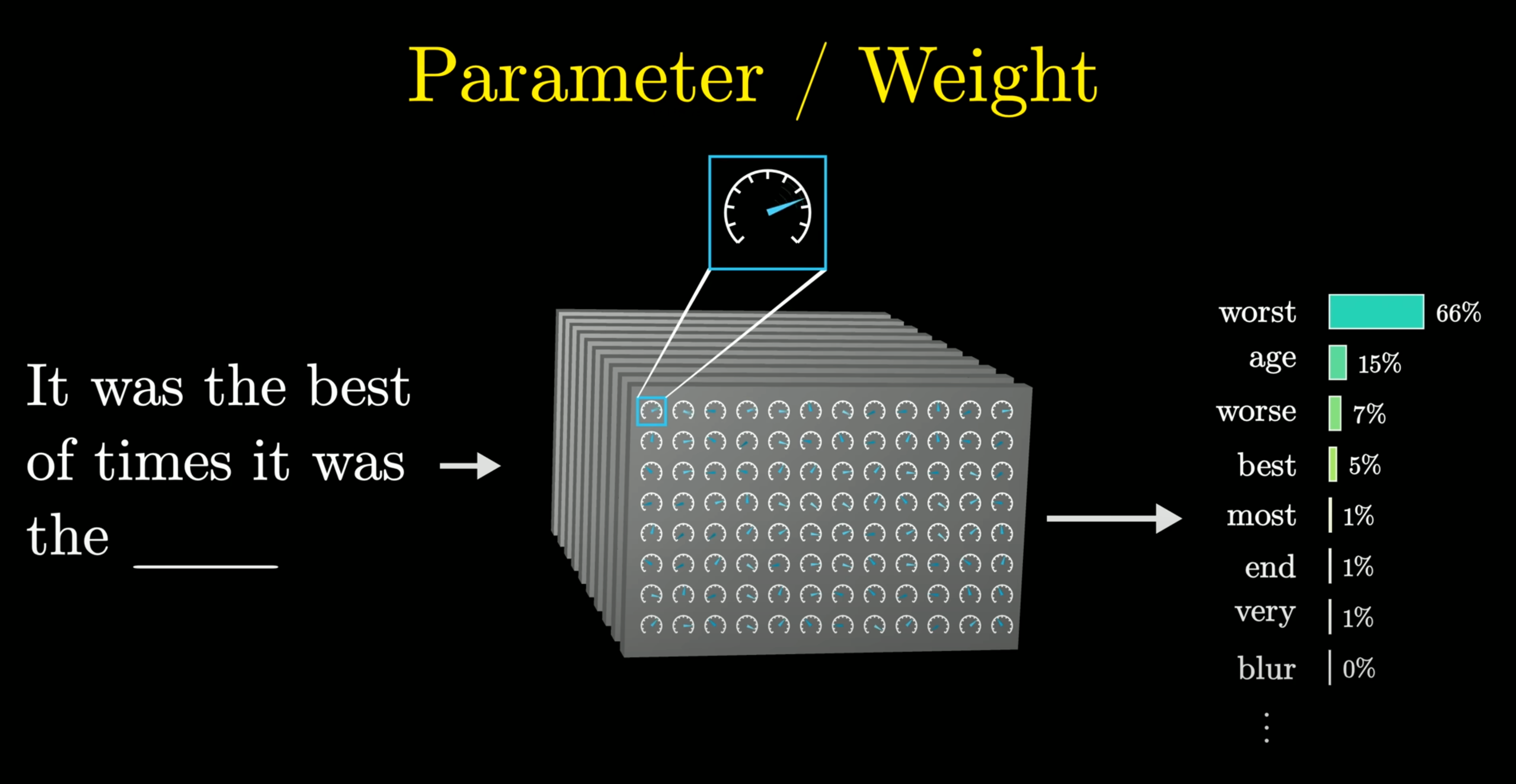What is LLMO(LLM Optimization) and How to get AI to Mention your Brand?
Learn how to optimize your content for LLMs and track mentions across AI platforms. A comprehensive guide to Generative Engine Optimization.
Kevin Wu · Founder

The Rise of GEO/LLMO When Search Engines traffic has been decline
I've been watching something interesting happen with my website(twittershots.com) referrer traffic lately. More users are finding and come to use this tool through ChatGPT and Grok or Perplexity's recommendations, and it's growing.
you can check all the citations from below two X links :
It's got me rethinking everything I thought I knew about SEO.
Back in April, I was sitting in a café by Gwangali Beach in Busan, Korea, talking with Christopher, a indie developer friend I'd met on X.
He was telling me how all his new customers came from Twitter and word-of-mouth. Meanwhile, 100% of my traffic was coming from Google. We have spent a good afternoon with the beach view and coffe, I explaining my SEO "secrets" to him—the ways that had grown my traffic from 10K to 100K in 3 months, I recommend and said that you at least give it a try. It will amaze you.
But now I'm wondering: will those strategies still work when AI takes over search engine traffic?
This isn't some distant future scenario. It's happening right now. When users can get direct answers from AI, why would they click through to your website?
You may not believe this ChatGPT refers 10% new vercel signup, and it's growing very fast.

Stack Overflow Is Almost Dead, you can see Stack Overflow's traffic has been decline sharply while ChatGPT climbed into the top 10 most visited sites.

What is GEO/LLMO and Why It Matters
After months of thinking and study, I want to share a new concept with you: LLMO (Large Language Model Optimization) and and how we can use it. This isn't just SEO 2.0—it's a completely different way of thinking about brand visibility in the AI era.
GEO (Generative Engine Optimization) is about optimizing your content to show up in AI-generated answers. It's about getting your brand mentioned when ChatGPT, Claude, or Perplexity responds to user queries.
Why does it start to matter
Folks now open an AI chatbot first instead of hitting search box.
The biggest difference in here is: AI has moved us from solving information overload to solving cognitive overload.
In the early internet days, the problem was too much information and not enough filtering. Search engines helped us find what we needed among millions of pages and you check and Make a decision.
But now? AI doesn't just help you find information—it gives you the answer directly. No more filtering and reranking through search results.
You can also see the growth in the number of unique domains that received referral traffic from ChatGPT over time.

Source: Investigating ChatGPT Search: Insights from 80 Million Clickstream Records - Semrush
This changes everything about how we think about digital marketing. We used to optimize for rankings and clicks. Now we need to optimize for mentions and trust.
Three Ways AI is Killing Traditional SEO
1. Direct Answers Replace Link Hunting
When you're thirsty, do you want someone to hand you a glass of water or give you a treasure map to find the well? AI is the person with the water. Traditional search is the treasure map.
2. The Top-1 Obsession
Search engines show you 10 blue links and let you choose. AI aims for one perfect answer. There's no "second place" in an AI response—you're either mentioned or you're invisible.
3. Semantic Understanding
AI doesn't just match keywords—it understands intent. Those old keyword-stuffing tactics? They're not just ineffective, they're counterproductive. AI can spot fake, SEO-optimized content.
How Large Language Models Actually "Think"
Understanding how LLMs work isn't hard but necessary—it's the key to getting them to mention your brand.
It's All About Probability
LLMs don’t “think” like us. They are just super-big guessing machines. When you ask ChatGPT something, it’s playing a giant fill-in-the-blank game, picking the next word that fits best based on patterns it saw in billions of texts when people training them.

Source: How Large Language Models Work - 3Blue1Brown
The Transformer Architecture
Modern LLMs use something called the Transformer architecture. Here's what matters for LLMO:
Attention: the model can look at many parts of the text at once. So messy, keyword-stuffed stuff fails—keep it tidy and logical..
Context Windows: LLMs have limited memory. If your key information is buried deep in a long document, it might get ignored. Put important stuff up front.
Token Efficiency: LLMs process text in chunks called tokens. Dense, information-rich content performs better than empty marketing speak.
The Rise of LLMO: Getting Your Voice Heard
Imagine this: you open your browser and an AI helper is already there. It can sum up any page, compare products, give you answers, and it kicks the old Google search box out. In this world, brands don’t wait to be “found” by people— they only need to be “visible” by the AI chatbot.
That's the core problem LLMO solves. When ChatGPT becomes the new gatekeeper of information, the real question becomes: "Will the AI mention you in its answer?"
The Direct Approach (It may work but not easy and have a price)
My first thought was: just throw our data into the LLM training set, or fine-tune our own model. Sounds cool—if ChatGPT “grew up” knowing your brand, it would talk about you all the time.
But truth is, We don't know the source of its training data, and we don't know if it will crawl the data we prepared next time, for most companies this costs way too much and needs tech skills.
So a new idea hit me: if we can’t change the AI’s “DNA,” why not nudge it while it’s “thinking”?
Context Learning: The Practical LLMO Strategy
Most AI chatbots today plug into a search tool—when you ask, they jump online, grab fresh pages, and feed back into their own “brain” as extra context.
That search step is our cheap seat at the table. We don’t need to re-train the model or pay for fine-tuning. We just make sure our clean, punchy content is the stuff the bot finds when it searches.
This is my go-to approach: carefully crafted prompts and examples that guide AI reasoning in real-time.
Here's how it works in practice:
The key: Provide value, don't push sales. AI is smart enough to tell the difference between helpful information and advertising.
Practical Tips:
1. Good SEO do not mean good visibility in AI chatbot
This is very important to know classic SEO metrics don't strongly influence AI Chatbot citations.
2. Make Content AI-Friendly
-
Clear structure Structure content to be easily understood and cognitive by AI systems.
-
Facts over adjectives, One solid citation beats ten loud ads.
-
Structured Data: Drawing Maps for AI
Make it good for AI view and citation, some good examples from my practical experiences:
- Add llms.txt for llms
- Use markdown large model ready format for easy use
- More curl is friendlier to large models than clicking a button in your api page
3. Build a Standard Q&A Library
Prepare concise, accurate answers to the most common questions in your space. This becomes your context foundation.
4. Test Everything
Different prompts yield completely different results. Unlike traditional SEO, LLMO requires specialized AI mention tracking tools. Prompt structure influences brand visibility in different LLMs and we don’t yet know how user phrase their prompts.
That's exactly why we built getmention.ai —the first LLMO analytics platform designed for this new world.
Continuous Monitoring: LLMO is a Marathon
The biggest challenge? You never know when AI will change its mind.
Last month, a prompt that had been working perfectly suddenly stopped. Maybe the model updated. Maybe the training data changed. This taught me that LLMO isn't a one-time project—it's an ongoing system.
Traditional SEO tools can't track AI search performance. That's why we need specialized LLM tracking tools like GetMention AI.
GEO analytics include:
- Real-time AI mention tracking
- Cross-platform LLM response monitoring
- Semantic analysis-based LLMO optimization recommendations
My current workflow:
- Weekly monitoring of brand mentions across major AI platforms
- Adjusting optimization strategies based on data
- optimize your content for better visibility in large language model responses
- Repeat
Just like we used to watch Google algorithm updates, now we watch AI "moods."
The Bottom Line
LLMO is still young. There are no playbooks or best practices yet. But I'm certain of one thing: Companies that start preparing now will have a massive advantage in the AI era.
Not because they have secret weapons, but because they're learning to tell their story in AI's language.
After all, future users probably won't "search"—they'll just "ask." And how you want AI to answer questions about your brand? You need to start preparing that now. In an information-overloaded world, being "seen" and "understood" by AI might matter more than being indexed by search engines.
LLMO is hard. No quick hacks—just a total rewrite of how you think about content, data, and talking to machines. You must throw away the old playbook and start writing for a non-human reader. Just do it. Every big tech jump rewards the early movers. Feed the model clear, tidy answers and fresh facts, teach it to drop your brand name, and you own the next ten years of being found.
Start small:
- Make your site easy for LLMs to crawl and understand.
- Build a live monitor to see which questions or content the AIs keep grabbing.
- Treat every page like a window for your AI buddies.
Each tiny step sets up the next citation.
Let AI Drive Traffic and Users to Your Product
Start tracking your brand mentions across AI platforms and optimize your content for the AI era.
Try GetMention.ai Free